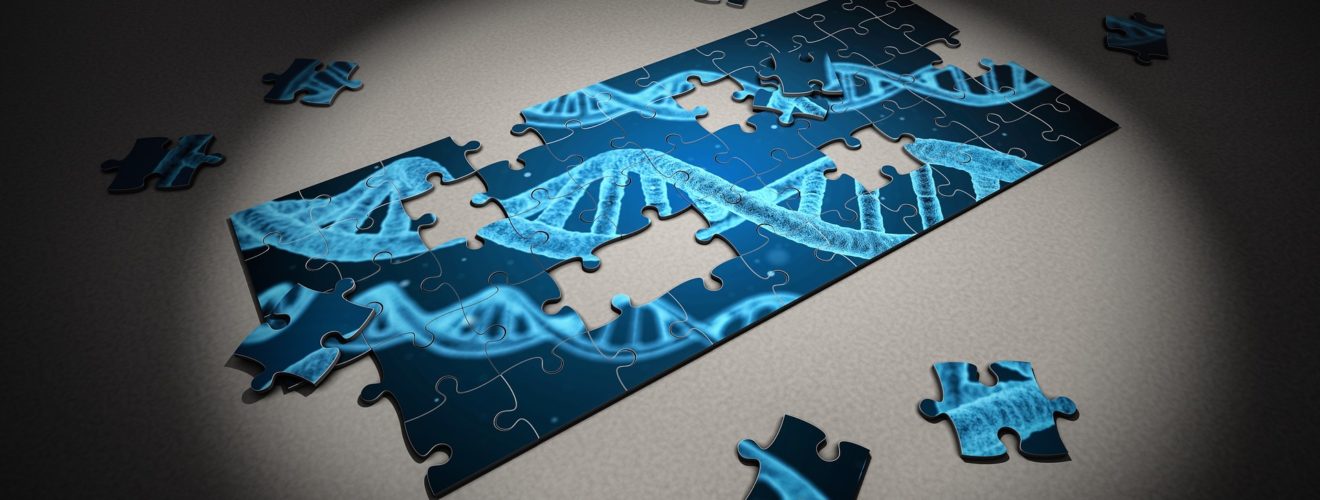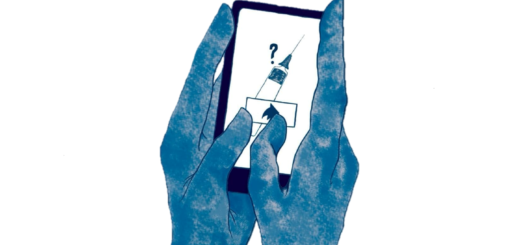A scientific breakthrough: first fully sequenced human genome

One of the major landmarks in science is the sequencing of the human genome. Initially, researchers were only able to sequence the lightly-packed regions of the human genome. This made up the basis of the Human Genome Project, which was essentially completed in 2003[1]. While at this point the human genome was declared fully sequenced, 8% of regions of the genome remained left out.
Throughout the years more gaps in the genome were getting resolved. However, researchers could not sequence some stretches of the DNA (specifically, very repetitive sequences) as the technologies that would’ve allowed this were not available. But now, with the rapid development of new technology and lower costs of DNA sequencing, the current human genome is considered the most complete.
In 2021, Telomere-to-Telomere (T2T) consortium[2] resolved many of the missing genome fragments except the Y chromosome and some additional regions. This year, the T2T consortium announced a complete assembly of the human reference genome using a hydatidiform mole – an abnormally developed mass in pregnancy, which only contains DNA from the sperm. The previously puzzling sequences of the genome now are known to include protective telomeres, which cap the ends of chromosomes, and centromeres – dense structures in chromosomes that are important in cell division.
Nonetheless, the sequencing of human genomes is not done and over. Now, researchers are planning to sequence more human genomes. For instance, one of the research projects aims to sequence genomes collected from various places around the globe to investigate human genetic diversity.
To conclude, the current human genome is a result of absolutely groundbreaking research. And it’s still not over, as further projects involving the analysis of more human genomes are already in place.
A more in-depth article on the complete human genome is going to be available in our spring issue!
[1] https://www.genome.gov/human-genome-project
[2] https://sites.google.com/ucsc.edu/t2tworkinggroup/home?authuser=0
Edited by Liam Butler
Copy-edited by Claire Thomson







